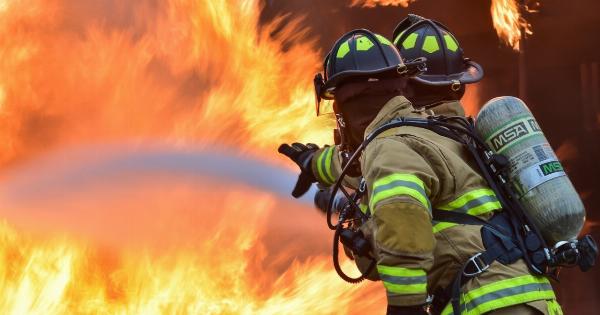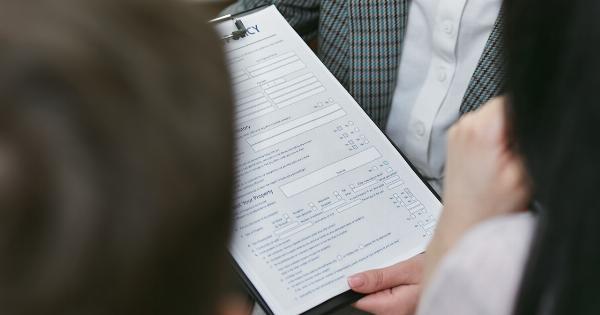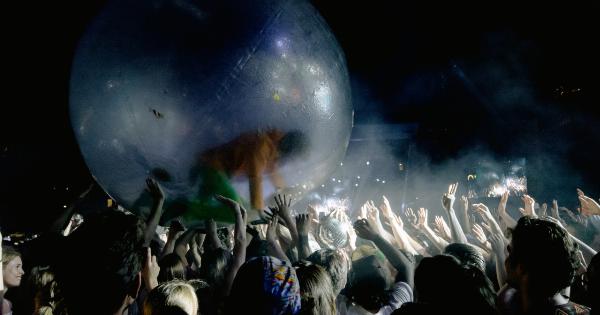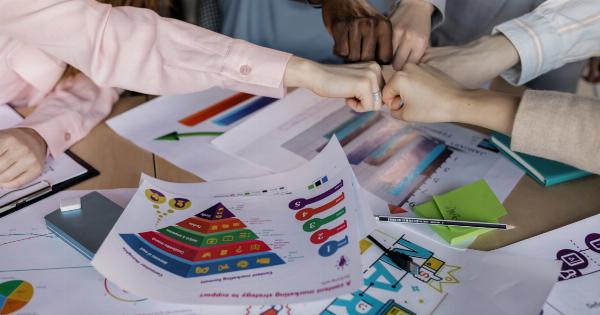Burns can cause serious injuries and pain, and they can happen to anyone. Whether you are cooking in the kitchen, working with chemicals, or enjoying a campfire, burns are always a risk.
Fortunately, there are steps you can take to prevent burns and keep yourself and your loved ones safe. This guide will provide you with tips and strategies for avoiding burns in various settings.
In the Kitchen
The kitchen is a common location for burns to occur due to the high heat and open flames from stovetops, ovens, and other cooking appliances. Here are some tips for avoiding burns in the kitchen:.
Use Oven Mitts and Potholders
When removing hot dishes or pots from the oven or stove, always use oven mitts or potholders to protect your hands from burns. Make sure the mitts or potholders are dry and clean to avoid any accidents.
Keep Handles Turned Inward
When cooking on the stove, make sure to turn handles on pots and pans inward, towards the center of the stove. This reduces the risk of accidentally knocking them or having a child pull them down.
Keep Flammable Objects Away
Avoid placing combustible materials such as towels or plastic bags near the stove or oven. These can easily catch fire and cause serious burns or even a fire.
Be Cautious with Hot Liquids
Hot liquids can cause serious burns if spilled. Always be cautious with hot liquids, use a lid, and avoid carrying pans with hot liquids over your head or near your body.
At Work
Burns can also happen at work, depending on the environment. To avoid burns, you must take precautions and make sure you are aware of the risks in your workplace. Here are some general guidelines you should follow:.
Wear Protective Clothing
If you work in an environment that involves working with chemicals or other hazardous materials, make sure you wear protective clothing. This includes gloves, goggles, and clothing made of non-flammable materials.
Follow Safety Guidelines
Whether you work in a laboratory, a construction site, or a kitchen, there are safety guidelines in place to help protect workers from accidents and injuries.
Make sure you follow these guidelines and report any unsafe conditions to a supervisor or manager.
Be Aware of the Risks
Before starting a new job or project, research the potential risks associated with the work. Know the risks and the precautions you need to take to avoid an accident or burn.
In the Outdoors
When you are in the great outdoors, there are many ways to have fun and enjoy your time. However, it is essential to be aware of the risks to prevent burns from ruining your outing. Here are some tips for avoiding burns in the outdoors:.
Be Careful with Fire
If you are camping, be careful with fire. Keep your campfire under control and never leave it unattended. Always have water or a fire extinguisher nearby just in case the fire gets out of hand.
Protect Your Skin
When you are spending time outdoors, make sure to protect your skin from the sun with appropriate clothing and sunscreen. Sunburns can be painful and are a type of burn, so prevent them from happening.
Use Caution Around Hot Surfaces
If you are cooking on a portable stove or grill, be cautious of the hot surfaces and handle them with care. Also, never touch the sides or bottom of a cooking pot while it is on the heat source.
Be Careful with Flammable Materials
When you are around flammable materials such as gasoline or lighter fluid, use caution and avoid lighting a fire near them. Also, store them in a safe location out of reach of children and pets.
Conclusion
Burns can cause serious injuries and pain, but with the right precautions, they can be avoided. Whether in the kitchen, at work, or in the outdoors, always take the necessary safety measures to protect yourself and those around you.
Remember, burns can happen to anyone, but they don’t have to!.































